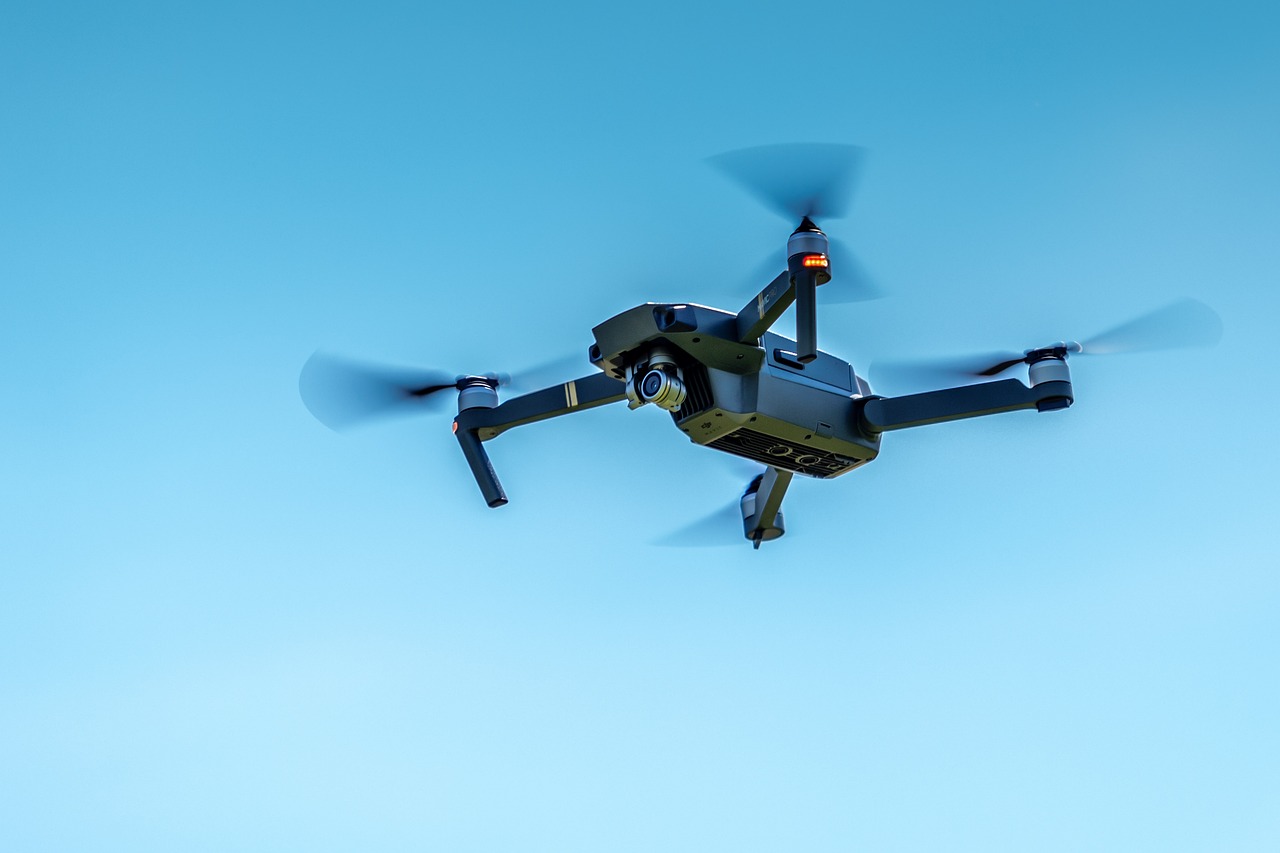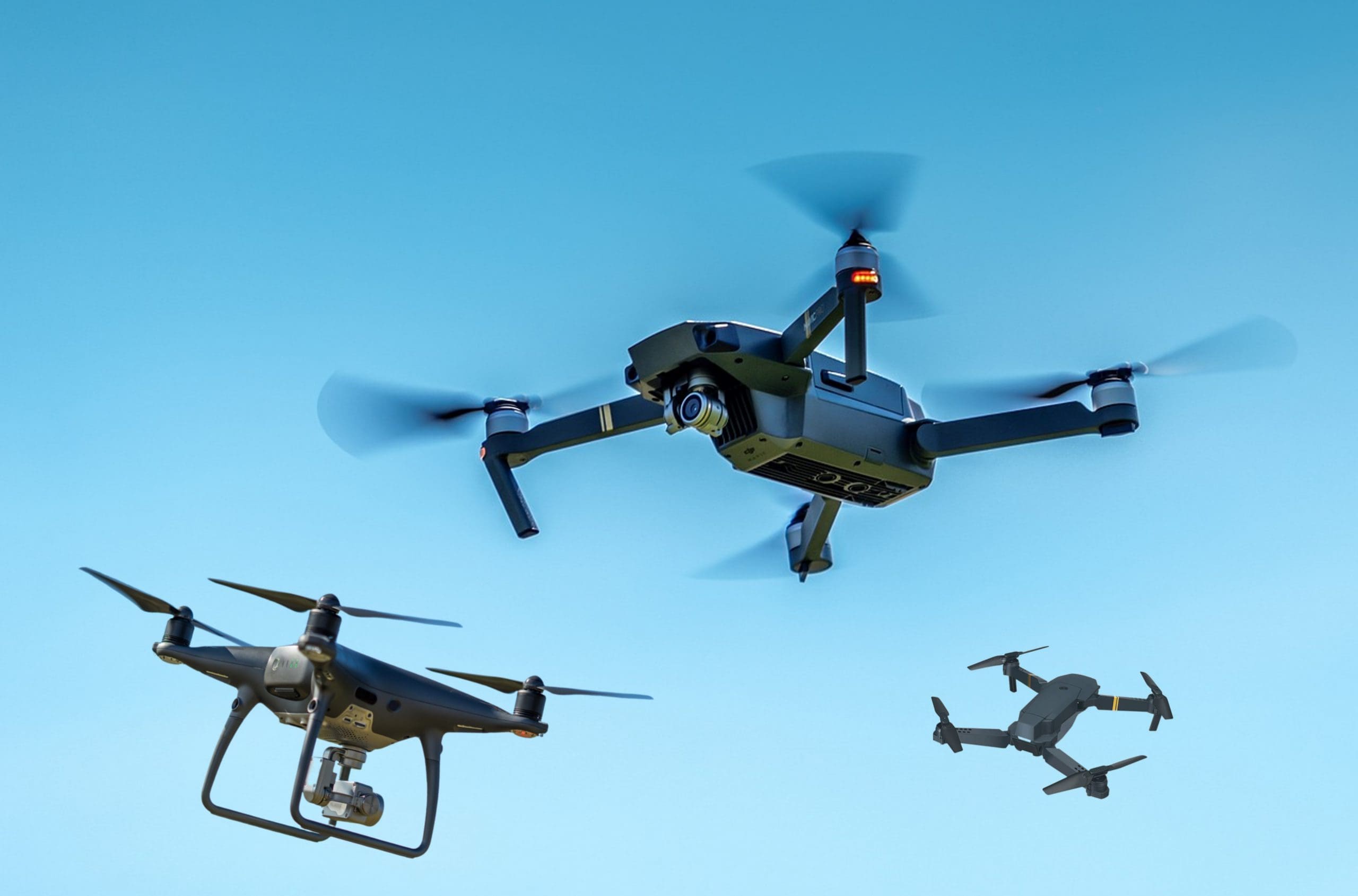This post is also available in:
 עברית (Hebrew)
עברית (Hebrew)

The second stage in the development of a new US spy satellite is nearing completion. The satellite, which is designed to gather visual intelligence, will use a new technology rather than expensive, heavy mirrors and lenses for capturing images. The new technology is based on placing large polymer-based membranes in space.
Recently, various technology websites are reporting on the following project, MOIRE – Membrane Optical Image For Real-Time Exploitation at DARPA (Defense Advanced Research Projects Agency). The project chief, Colonel Larry Gunn, explained that real-time data collection from large scale surfaces of Earth using manned aircraft and UASs (Unmanned Aerial Systems) is fraught with known difficulties. Some of the data is partial due to the need to fly over certain countries, which infringes on their sovereignty. Other issues stem from the difficulties revolving the use of extremely large precision reflective mirrors for photography.
Register to iHLS Israel Homeland Security
The solution DARPA is currently looking into is a spy satellite different from any other space telescope, in that its performance will be based on light optic etched membrane with a diffractive pattern. A satellite based on this technology will be able to capture 40% of the Earth’s surface in real-time and transmit the footage at HD resolution directly to a ground station. The space membrane will be launched folded and closed, and when the satellite will reach its orbit, it will unfold and reach a 21-meter diameter, twice that of the Hubble Space Telescope.

Colonel Gunn said the membranes feature very high resolutions. Thus far, the scope and precision of space telescopes and cameras depended on the size of the lenses and mirrors, which are very heavy and expensive. MOIRE satellites, on the other hand, will be cheaper to manufacture, launch and deploy, saving the need to launch high quantities of high grade glass into space.
In the first stage, the technology was successfully tested by a ground prototype. The second stage will comprise of testing the membranes in an airborne platform.























